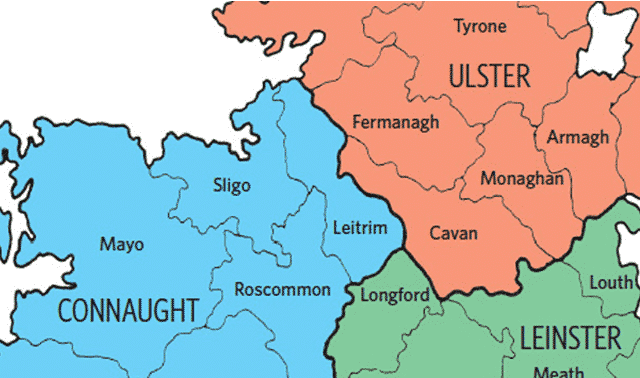Sign up for the Family Tree Newsletter! Plus, you’ll receive our 10 Essential Genealogy Research Forms PDF as a special thank you.
Get Your Free Genealogy Forms
"*" indicates required fields

A 1922 fire in Dublin’s Public Records Office destroyed many valuable Irish genealogical records (but not all of them by a long shot), and it’s easy to get discouraged by this challenge. But Irish civil registration records, created by the government starting in 1845 for some marriages and 1864 for births, all marriages, and deaths, survive. Digitization projects from major Irish record offices are making it easier than ever to find your ancestors from the Emerald Isle.
Civil registration in Ireland began more by chance than by design. A spate of bigamy cases went before the courts in the 1830s, then an 1842 case made it all the way to the House of Lords in London. There, the government invalidated all marriages of Protestant Dissenters (mostly Presbyterians) in Ireland. Couples in Ulster, where most Dissenters lived, were outraged at the suggestion that so many had been living in sin and that their children were, by extension, illegitimate.
The Marriages (Ireland) Act of 1844 took effect April 1, 1845, creating a centralized civil registration system for marriages. It was meant to embrace all Christian and Jewish denominations, but the Catholic Church, concerned that civil registration would detract from the religious nature of the marriage ceremony, resisted what it saw as interference. For this reason, Irish marriage registrations from 1845 to 1863 recorded only non-Catholic marriages.
ADVERTISEMENT
Demand grew for a compulsory registration system for births, deaths and all denominations’ marriages. Employment laws in England and Wales required Irish migrants to produce evidence of their age and rights of inheritance needed proof of legitimacy. Public health programs struggled with the absence of reliable statistical information about the population. Finally, Jan. 1, 1864, the law was changed to require registration of all births, marriages and deaths.
A version of this article appeared in the May/June 2017 issue of Family Tree Magazine.
ADVERTISEMENT




